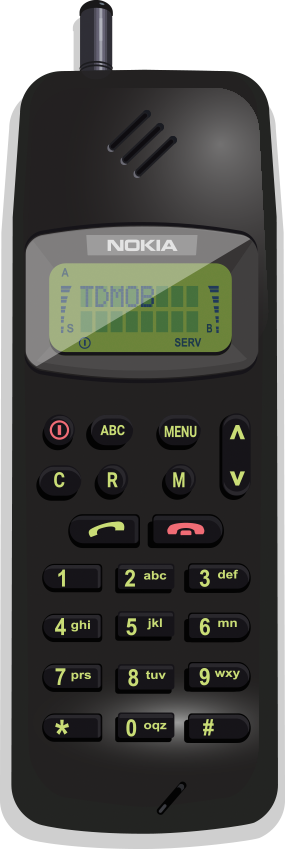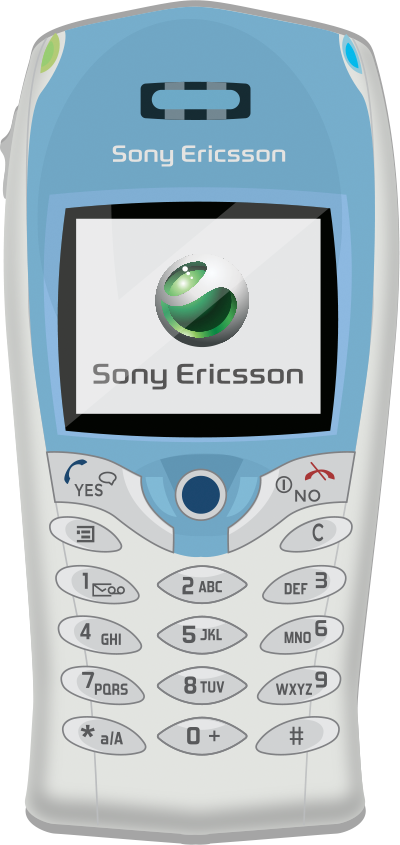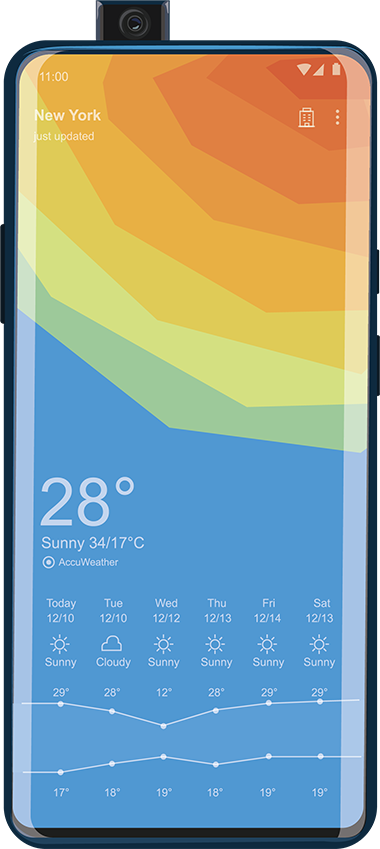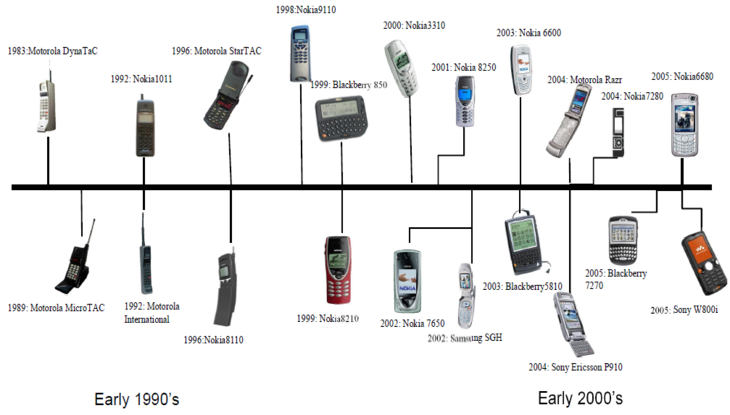In the beginning…

If you’re in your mid-thirties to mid-forties, you should remember Zack Morris and his mobile phone gracing your TV screens week to week. As we near the end of the decade, social media is overloaded with reflections. Let’s join the fun and take a look back at the evolution of mobile phones.
While the first mobile phone released was in 1983, the first call placed on one was actually a decade earlier. It was on April 3rd, 1973 that Motorola’s Marty Cooper stood between 53rd and 54th streets in New York to place a mobile call to Bell Labs rival, Joel S. Engel, via the DynaTAC prototype. A decade later, that DynaTAC would be the first commercial mobile phone released to the public.
It cost $4000 and had a half an hour of talk time. The device was mainly a status symbol used for business. Its now iconic design has become an identifier of the era in which it was born.

The 90s
Motorola ruled through the 80s until Nokia burst on the scene with their consumer based models in the early 90s. Suddenly mobile was for everyone, not just the Wall Street elite.

With the release of Nokia’s flagship product, the mobile revolution was born.

It wasn’t until the end of the decade, 1999, when Nokia released the 7110 that wireless data was introduced to mobile devices. In 2000, the Japanese released the J-SH04 equipped with a camera. It was the 2002 release of the Sony Ericsson T68i that sparked the western obsession with mobile photography.
The Revolution
Mobile phones varied in features for several years after the advent of the camera phone. Between the flip phones and slide out qwerty keyboards, mobile designers had fun with different looks and features.
The revolution of the mobile device came in 2007, however, with the release of the Apple iPhone.

Without manual buttons to push, the iPhone became the sleekest and most modern of all the brands. People flocked to purchase this new super computer they could fit securely in their pockets.
Apple shot ahead of the crowd as other mobile companies scrambled to catch up. Even today, most apps are built on Apple’s platform and adjusted to fit the other providers.
The Future
Mobile phones have become a necessary part of daily life in most developed countries. As 5G becomes more widely available through 2020, we will see an increase in data speeds and streaming ability. Devices will continue to evolve to meet the demand for more precise picture and faster access.

Mobile phones have afforded us more security, more connectivity, and the ability to make our lives easier. With developers pushing the limits of their imagination on what they can do, we’re in for some amazing new tech in the coming decade. I can’t wait to see what’s the next big thing in our mobile evolution.




